Forcing women to remove Hijab is as wrong as coercing them to wear it. Both actions amount to oppression and deny women their basic rights.
HUSAM AHMED SHAFEEQ
FEBRUARY 23, 2022
The 21st century dawned with an unprecedented rise in hatred against Islam. Owing to the continuous misrepresentation of Islamic ideologies by its opponents, coupled with an extreme and fallacious version of the faith practised by some so-called Muslims, Islam occupied in the minds of the masses, a seat of rivalry with modern human values.
This already misconstrued picture of Islam was further distorted in the light of modern movements that stood for the liberation and empowerment of women, as it is commonly held that Islamic principles are irreconcilable with any philosophy that stands for women’s rights. As if to substantiate these claims, visuals of women being treated brutally at the hands of Muslim extremists get circulated on social media time and again, only leading a person to think that one can, at a time, either side with women or Islam.
This false dichotomy has led to further stigmatizing the status of women in Islam and has hence served as a ground for such views to take the form of legislations, even at the cost of undermining the rights of Muslim women themselves.
Such is the case with Hijab – the headscarf worn by Muslim women – which has drawn much controversy in the past few decades and has been looked down upon as regressive, especially in the West. Hence, many European countries have passed laws against it, some putting partial restrictions on it and some banning it completely.
To evade the legitimate interrogation such regulations would warrant, the supporters of such laws offer the justification that these restrictions are in service of women’s empowerment and their liberation from the clutches of patriarchy. However, despite their best efforts, such justifications only end up exposing the hidden hypocrisy in their claims as it becomes impossible for them to rationalize their views without undermining the voices of Muslim women choosing to wear Hijab.
If anything, by coercing women to remove their headscarves, these ‘liberators’ seem to be working in perfect harmony with those extremists who force women to wear Hijab. Either way, such actions amount to oppression and deny women their fundamental rights.
Hijab is a matter of choice, not force
Quite contrary to how most people – including many Muslims – have perceived it, Islam does not limit the injunction of Hijab to women alone. Instead, men are also commanded to observe modesty by lowering their gazes and exercising self-restraint. In fact, it is men who are primarily addressed by the Holy Quran and are asked to control their impulses, regardless of women’s attire.[1]
Furthermore, the Quranic injunction addressing women to cover their heads serves as a religious obligation, not as an enforceable practice. This leaves men with absolutely no authority to force women to observe Hijab. The Worldwide Head of the Ahmadiyya Muslim Community says:
Men should remember that they have not been given powers to police others and should restrain themselves. It is not for them to cover the heads of women from outside. Men are commanded to restrain their eyes; they should fulfil their own obligations. There is no such commandment to forcibly cover the heads of Muslim women, let alone non-Muslim women. It is men like these who have hard-line ideas… who bring Islam into disrepute.[2]
Suffice it to say, the true motive behind any action, as far as Islam is concerned, should be pure intention and a sincere willingness to do it. Compulsion is far from being such an incentive.
Anything but oppression
The justification goes on: Hijab is inherently oppressive and hence must be denounced – even if a woman chooses to wear it. At a cursory glance, this statement may seem as stemming from a non-malicious ignorance. However, a closer scrutiny reveals the menacing implications it carries behind its words.
The concept of Hijab is founded on modesty and choosing to conceal one’s beauty in the open. Given this, considering Hijab oppressive is tantamount to saying that a woman can only be empowered if she displays her beauty in public. Evidently, this implies that a woman’s power is limited to her physical appearance. Apart from being wrong in all respects, this notion seems to promote a culture that has been found to have detrimental effects on women’s physical and mental health.
The growing trend of overemphasising the importance of physical appearance has been linked with an increase in body dissatisfaction among the youth[3]. Furthermore, a study revealed that body image issues contribute to eating disorders and increase the risk for bulimic pathology[4]. Yet another study found that negative body image can lead to depressive disorder among adolescents, especially girls who tend to give more value to physical appearance. The study also concluded that girls could become more vulnerable to negative perceptions of body image as they are exposed to the socially accepted ideals of beauty[5].
Islam disapproves of this destructive culture by emphasising personality over physicality which is practically achieved through the observance of Hijab. A study conducted on French Muslim women found that those who wore Hijab reported lower weight discrepancy, body dissatisfaction and pressure to conform to societal ideals[6]. Another study found that women who wore Hijab generally had more positive body image, were less reliant on media messages about beauty ideals, and placed less importance on appearance[7].
Hence, Hijab – research now tells us – acts as a protective factor against negative body image that has become a serious affliction in modern society.
Concern or obsession?
Integration is about acknowledging differences while assimilation tends to eliminate them. The former seeks to include individuals and groups into the larger society while retaining their culture, whereas the latter requires them to give up their identities and often results in their being further alienated from society.
Hijab is an Islamic identity and those women who choose to observe it do so in adherence to their faith and in devotion to their Creator. This fact renders the act of restricting Hijab a clear violation of basic human rights – especially when it poses no threat to society.
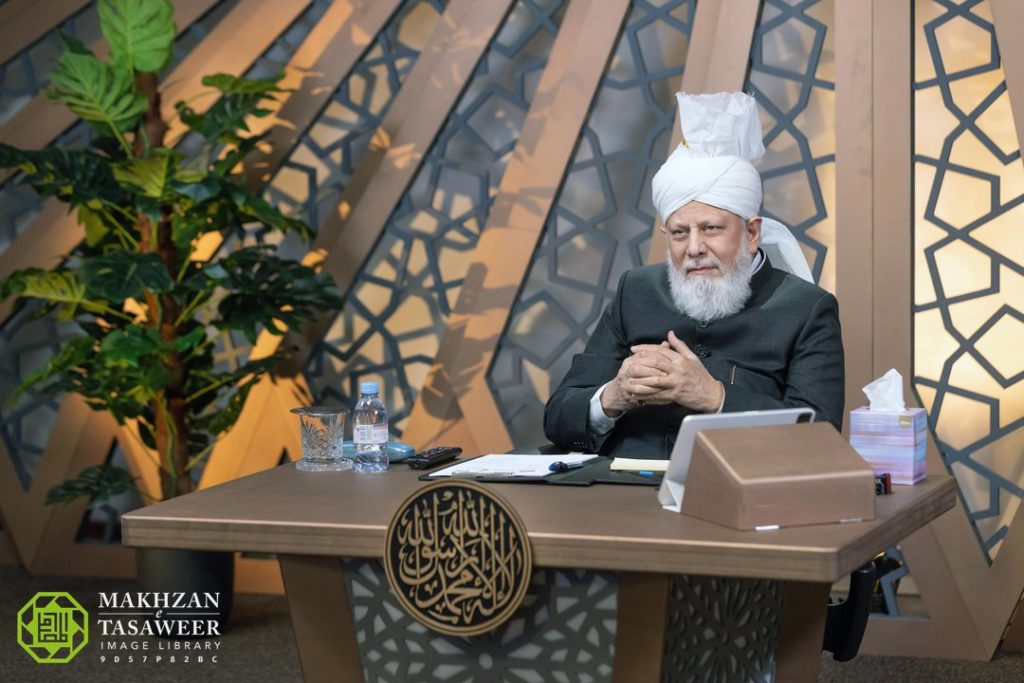
When asked about the law passed by the European Union through which an employer could fire an employee who wore Hijab, the Worldwide Head of the Ahmadiyya Muslim Community said:
This law is against the human rights (of a Muslim woman). A person who wears the Hijab does so because of her faith. Similarly, if a Jewish man who wears a skullcap is told not to wear it or a Muslim man is told not to wear their cap and Sikhs are told not to wear their turbans – it is wrong and such restrictions are a means of denying such people their basic human rights.[8]
His Holiness further stated:
What they are doing is wrong. On the one hand, they claim to uphold human rights but on the other, they deny Muslim women their religious rights…. Those who create such laws are actually violating and infringing upon basic human rights. If there is a person that has a potential and is of good calibre – for instance, a woman who is a good scientist, or a woman who is an able doctor or surgeon, her employer may fire her simply for wearing a Hijab. That is unjust and counter-intuitive. It is a waste of their potential. It is a question of depriving a bright mind of its rights.[9]
On the one hand, the modern society claims to be the torchbearers of women’s rights and choices. However, when it comes to Muslim women choosing to practise their religion, the standards seem to differ. This indicates the presence of a constructed notion of ‘oppression’ which Muslim women need to be ‘liberated’ from. Nevertheless, such ‘concerns’ only seem to be the result of an unending obsession with the religion these women adhere to.
REFERENCES
[1] Holy Quran 24:31
[2] Friday Sermon September 5, 2014
[3] Are Body Image Issues Affecting Our Adolescents? A Cross-Sectional Study among College Going Adolescent Girls by Subhashini Ganesan, Indian Journal of Community Medicine, December 2018
[4] Role of Body Dissatisfaction in the Onset and Maintenance of Eating Pathology: A Synthesis of Research Findings by Eric Stice, Journal of Psychosomatic Research, November 2002
[5] Body Image Dissatisfaction and Symptoms of Depression Disorder in Adolescents by Soares-Filho, Brazilian Journal of Medical and Biological Research, December 2020
[6] The Hijab as a Protective Factor for Body Image and Disordered Eating: A Replication in French Muslim Women by Viren Swami, Mental Health Religion & Culture, March 2017
[7] Is the Hijab Protective? An Investigation of Body Image and Related Constructs among British Muslim Women by Viren Swami, British Journal of Psychology, July 2013
[8] His Holiness’s virtual meeting with female Waqf-e-Nau students from Sweden held on November 21, 2021
[9] Ibid

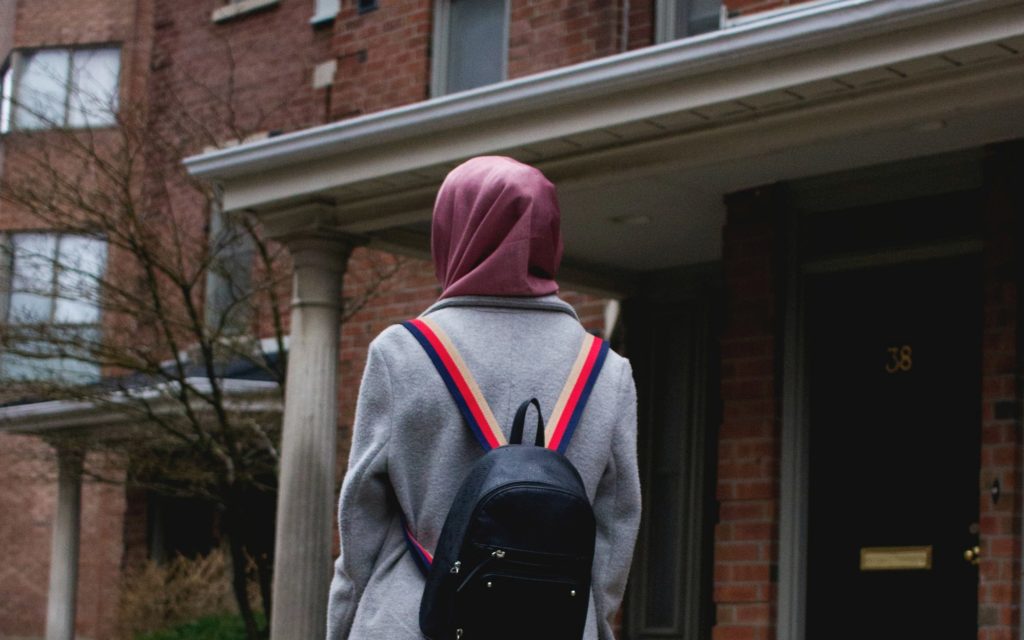
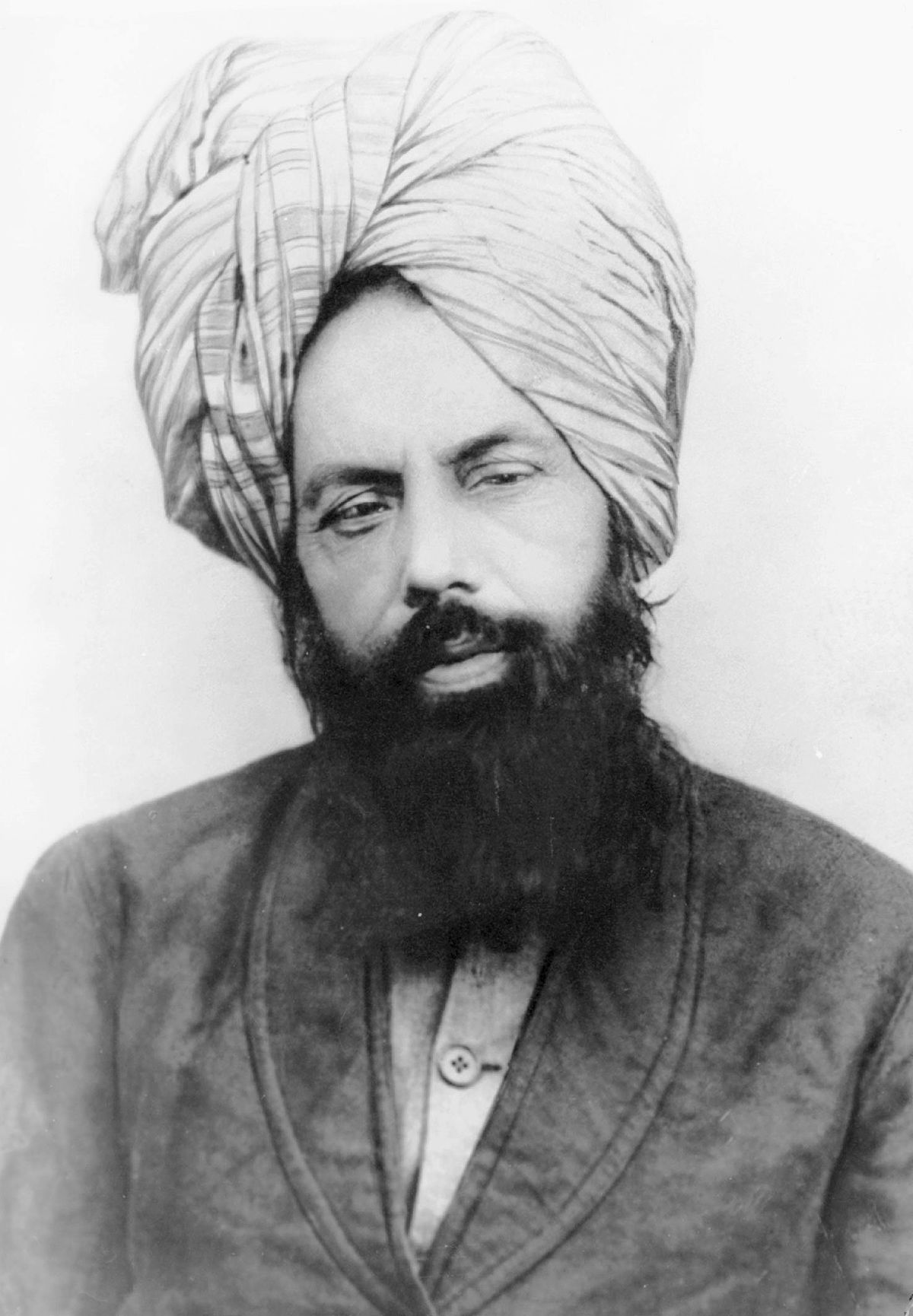
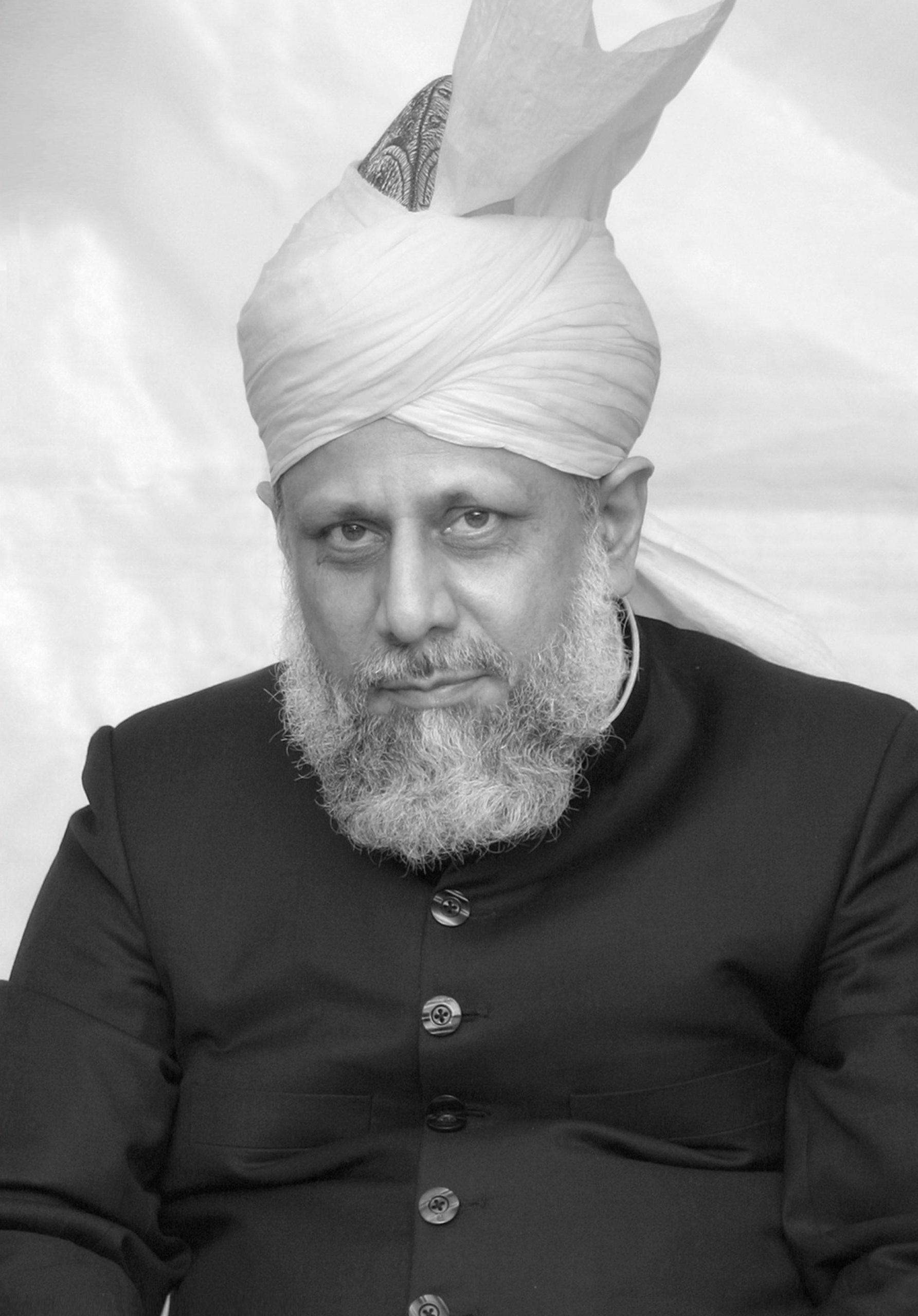

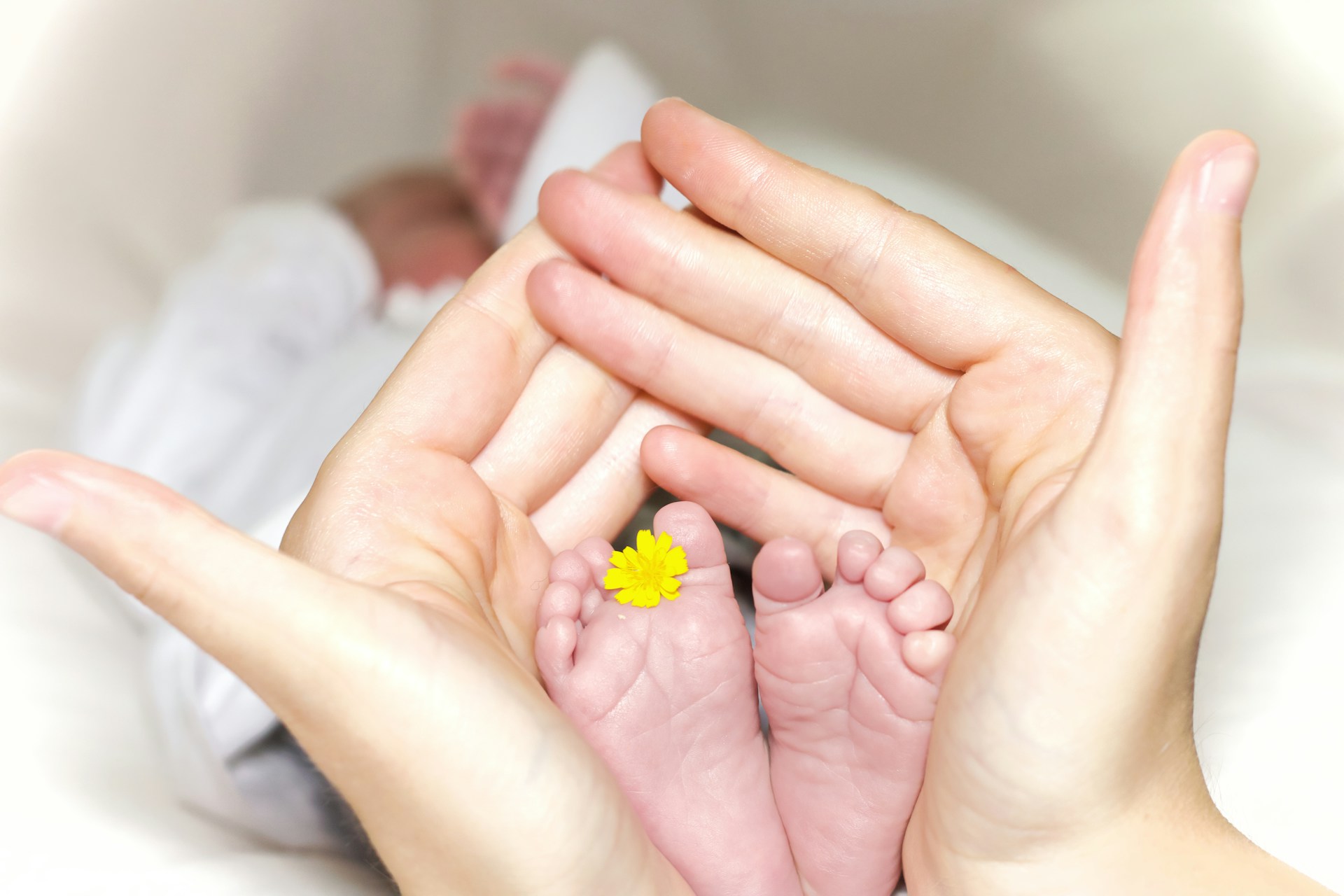




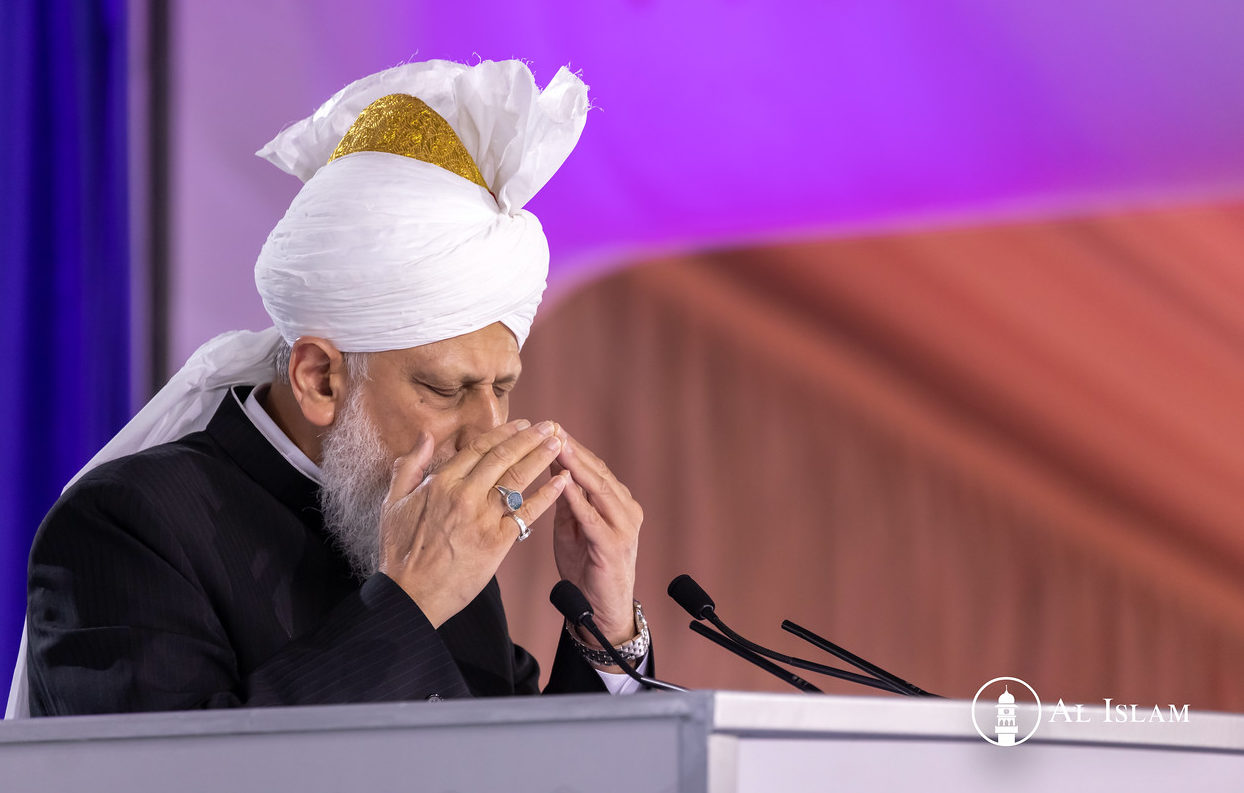

3 Comments
Raqib · February 23, 2022 at 11:14 am
Thank you for this article. I enjoyed it, more pieces like this should be written to educate “non-malicious Ignoranant” people about the beauty of Islam
Ismail Ahmad shah · February 23, 2022 at 2:31 pm
Helpful
Mohamed Zakkaria · July 14, 2022 at 11:56 am
மிகச்சிறந்த கருத்து